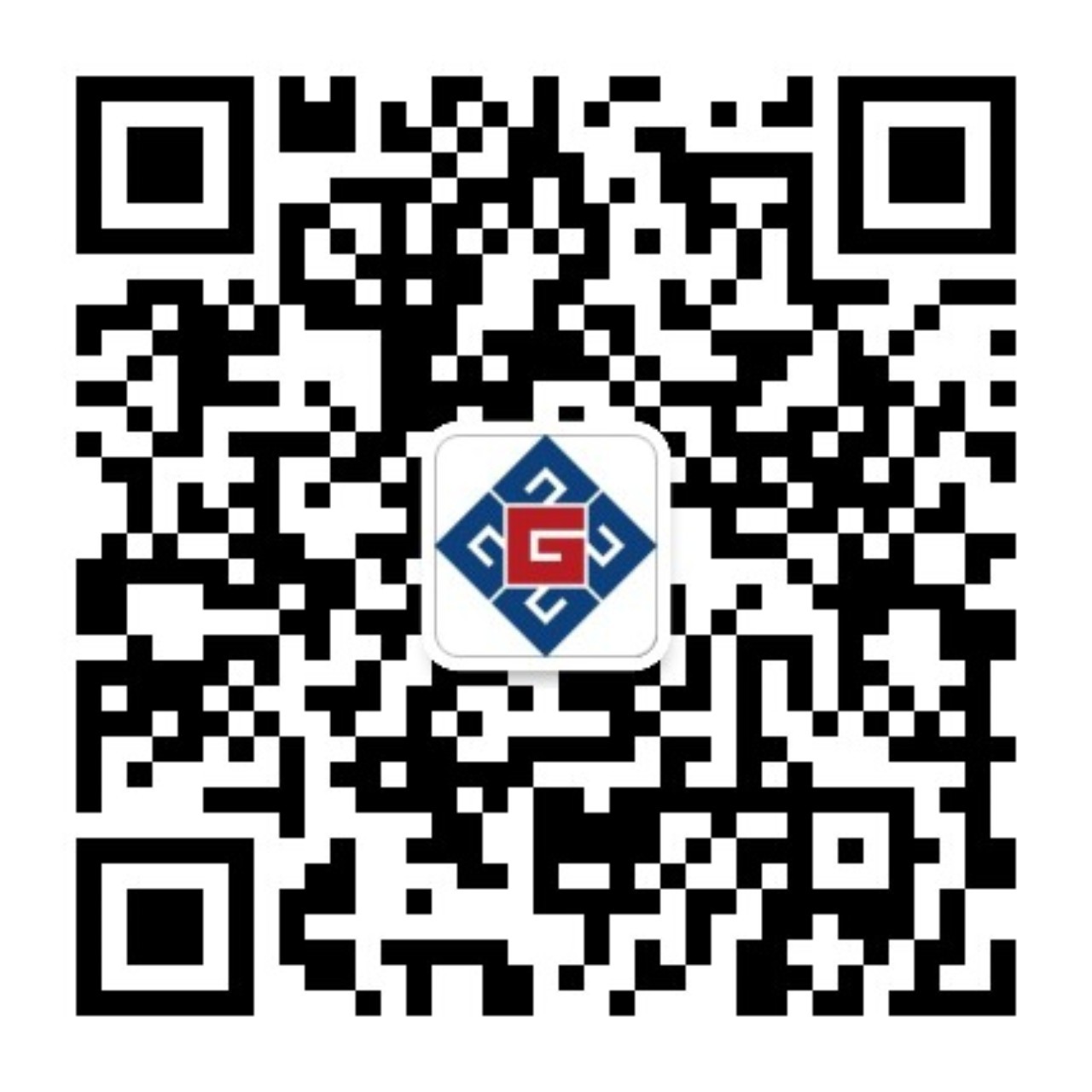
NEWS
Understanding Two-Phase UC3-Certified 100A Relays: A Comprehensive Guide
Updated:
2025-05-28 11:41
Two-phase UC3-certified 100A relays are crucial components in various electronic systems, providing reliable switching capabilities in demanding applications. Understanding their specifications, certifications, and operational principles can significantly aid in selecting the right relay for your project.
Firstly, the term "UC3-certified" refers to a specific standard that ensures the relay meets certain performance criteria, particularly in terms of insulation, durability, and environmental resistance. This certification is vital for applications where reliability is paramount, such as in industrial automation, automotive, and power management systems. The certification process typically involves rigorous testing against predefined benchmarks, ensuring that the relay can withstand extreme conditions.
The 100A rating indicates the maximum current the relay can handle. This is particularly important in applications where high power is necessary, such as in motor control circuits or high-voltage switching setups. When selecting a relay, it's crucial to consider both the continuous and inrush current ratings to avoid potential failures. A well-chosen relay with the appropriate rating will enhance system reliability and longevity.
The two-phase aspect of these relays signifies their operation in systems that use two phases or alternating currents. This design allows for better management of energy distribution, making them suitable for applications such as HVAC systems, electric vehicles, and renewable energy systems, where energy efficiency and control are essential.
Additionally, the operational mechanism of these relays typically employs electromagnetic principles, whereby an electric current through a coil creates a magnetic field that moves an armature, closing or opening the circuit. Understanding this mechanism is vital for troubleshooting and maintaining systems that utilize these relays.
Furthermore, when integrating a Two-phase UC3-certified 100A relay into your design, consider the relay's physical dimensions, mounting options, and heat dissipation requirements. Proper thermal management is crucial, as prolonged operation at high currents can lead to overheating, which diminishes the relay’s lifespan and performance.
In summary, Two-phase UC3-certified 100A relays are indispensable in modern electronic applications, providing robust and efficient solutions for high-current switching needs. By understanding their specifications and operational principles, you can make informed decisions that enhance your electronic systems' performance and reliability. When selecting a relay, always ensure that it meets the necessary certifications and performance standards to guarantee optimal operation in your specific application.
Firstly, the term "UC3-certified" refers to a specific standard that ensures the relay meets certain performance criteria, particularly in terms of insulation, durability, and environmental resistance. This certification is vital for applications where reliability is paramount, such as in industrial automation, automotive, and power management systems. The certification process typically involves rigorous testing against predefined benchmarks, ensuring that the relay can withstand extreme conditions.
The 100A rating indicates the maximum current the relay can handle. This is particularly important in applications where high power is necessary, such as in motor control circuits or high-voltage switching setups. When selecting a relay, it's crucial to consider both the continuous and inrush current ratings to avoid potential failures. A well-chosen relay with the appropriate rating will enhance system reliability and longevity.
The two-phase aspect of these relays signifies their operation in systems that use two phases or alternating currents. This design allows for better management of energy distribution, making them suitable for applications such as HVAC systems, electric vehicles, and renewable energy systems, where energy efficiency and control are essential.
Additionally, the operational mechanism of these relays typically employs electromagnetic principles, whereby an electric current through a coil creates a magnetic field that moves an armature, closing or opening the circuit. Understanding this mechanism is vital for troubleshooting and maintaining systems that utilize these relays.
Furthermore, when integrating a Two-phase UC3-certified 100A relay into your design, consider the relay's physical dimensions, mounting options, and heat dissipation requirements. Proper thermal management is crucial, as prolonged operation at high currents can lead to overheating, which diminishes the relay’s lifespan and performance.
In summary, Two-phase UC3-certified 100A relays are indispensable in modern electronic applications, providing robust and efficient solutions for high-current switching needs. By understanding their specifications and operational principles, you can make informed decisions that enhance your electronic systems' performance and reliability. When selecting a relay, always ensure that it meets the necessary certifications and performance standards to guarantee optimal operation in your specific application.

